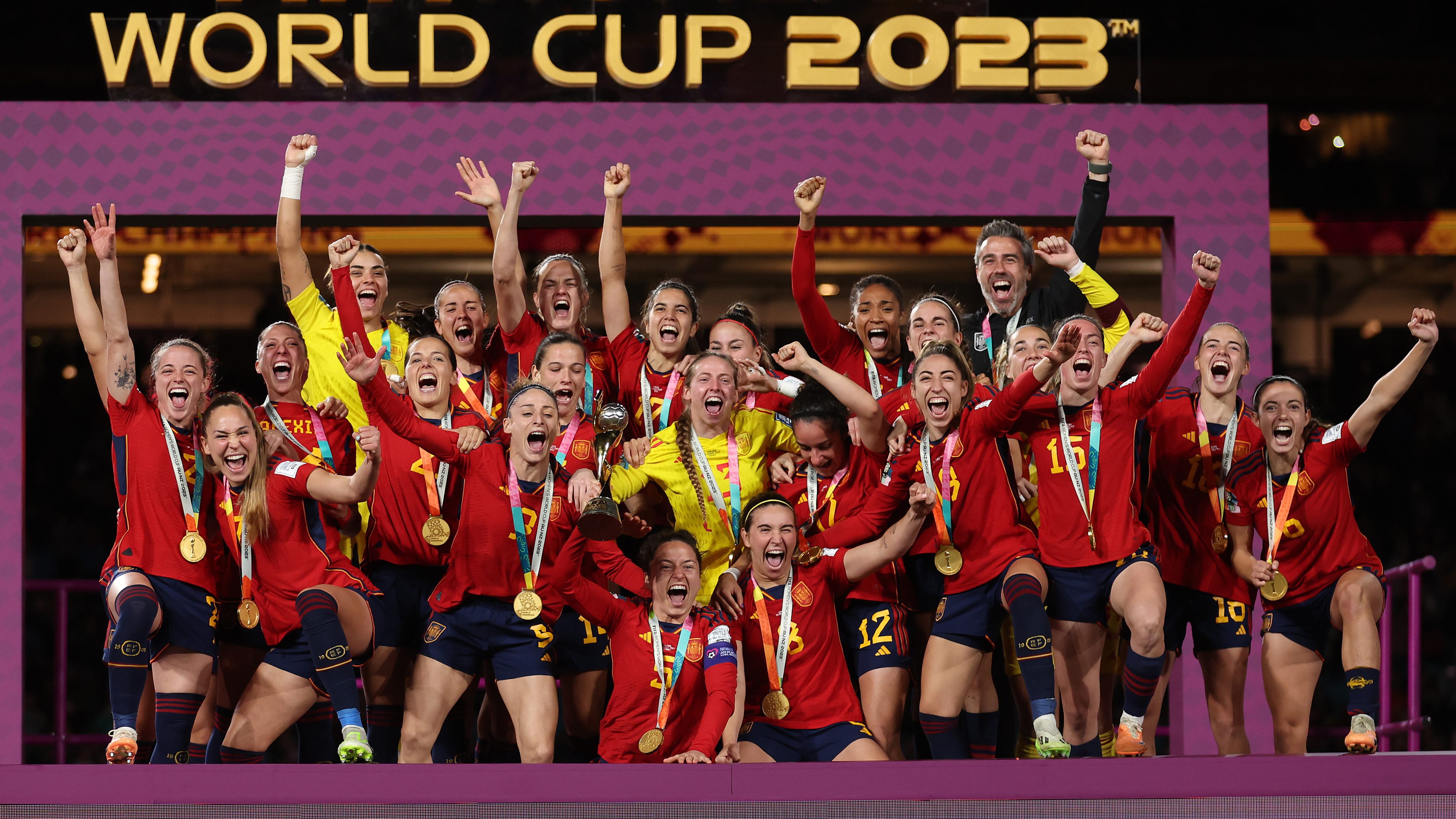Two FIFA World Cup champions will be crowned in less than a year.
Just seven months after Lionel Messi led Argentina to its first World Cup title since 1986, a Women’s World Cup championship is up for grabs this summer.
The 2023 Women’s World Cup kicks off on July 20 with matches being held across Australia and New Zealand. The U.S. women’s national team will be looking to secure the first three-peat in FIFA World Cup history – men’s or women’s.
Stay in the game with the latest updates on your beloved Philadelphia sports teams! Sign up here for our All Access Daily newsletter.
So, what are the differences between the men’s and women’s tournaments? Let’s examine a few:
Tournament history
The Women’s World Cup hasn’t been around for nearly as long as the men’s. The first World Cup on the men’s side was played all the way back in 1930 and has been held 21 more times since. The Women’s World Cup, meanwhile, debuted in 1991 and plays its ninth iteration this year.
Tournament size
The men’s tournament expanded from 24 to 32 teams in 1998, whereas the women’s went from 16 to 24 in 2015 and up to 32 in 2023. While the men’s and women’s field sizes were equal in 2022 and 2023, respectively, that won’t remain the case going forward. The 2026 World Cup, which will be hosted by the U.S., Canada and Mexico, is set to feature a staggering 48 men’s teams.
Number of host countries
Qatar was the lone host of last year’s World Cup while Australia and New Zealand will share hosting duties for the 2023 women’s tournament. This is the first Women’s World Cup with multiple host countries.
The men’s World Cup had multiple hosts for the first time in 2002 with Japan and South Korea and, as previously mentioned, will have three North American hosts for the 2026 event.
Roster size
Men’s teams were allowed to carry 26 players – up from the typical 23 – during the 2022 World Cup, but the women weren’t afforded the same roster increase for 2023.
According to The Equalizer, FIFA cited the 2022 World Cup being moved to the winter – amid most major club seasons – as to why the change was only made for the men’s tournament. The Women’s World Cup takes place during the offseasons of many major leagues, with the National Women’s Soccer League being one of the exceptions.
Prize money
A total of $150 million in prize money will be awarded at the 2023 Women’s World Cup, which is five times the amount given out in 2019 ($30 million). The 2023 World Cup also features a new payment structure that will see every player earn at least $30K and as much as $270K.
Even though the women’s prize money pool quintupled in size, the 2022 men’s purse was still nearly three times as large at $440 million. FIFA president Gianni Infantino has blamed the sizable gap in prize money on TV broadcasters for not making large enough offers for women’s rights. He even criticized some broadcasters for offering as little as 1% of what was paid for the men’s tournament.
But FIFA has said it’s aiming for equal prize money for men and women by the next World Cup cycle in 2026 and 2027.
U.S. Soccer, however, has already achieved equal pay status. In 2022, the U.S. Soccer Federation, the USWNT and the USMNT struck a historic equal pay deal for all competitions. The agreement came just months after the USWMNT agreed to a $24 million settlement in an equal pay lawsuit against the U.S. Soccer Federation
With the deal, U.S. Soccer became the first federation to equalize World Cup prize money. There are other countries that have made steps toward equal pay status, but gaps still exist. For example, Brazil announced an equal pay agreement in 2020 that paid women a “proportionally equal” amount to men.
Viewership
FIFA said the 2019 Women’s World Cup was the most-watched one in tournament history. It reached a total live audience of 1.12 billion people and 263.62 million people tuned in for the USWNT’s victory over the Netherlands in the final, making it the most-watched match in tournament history.
The 2018 men’s tournament had a total live audience of 3.57 billion, per FIFA, and close to 1.5 billion people tuned in for the 2022 final alone. FIFA said around five billion people “engaged with the 2022 World Cup” but didn’t detail how many live viewers made up that number.
It’s also important to note that the 2019 Women’s World Cup had 12 fewer games and eight fewer nations competing than the last two men’s tournaments.
22023 U.S. Women's World Cup
Here's more on the Women's World Cup.
Attendance
Last winter’s World Cup had a total attendance of over 3.4 million people and an overall capacity of 96.3%, according to FIFA.
The 2023 Women’s World Cup is on track to be the most attended in tournament history. That title currently belongs to the 2015 event, which saw a total attendance of more than 1.35 million in Canada.


